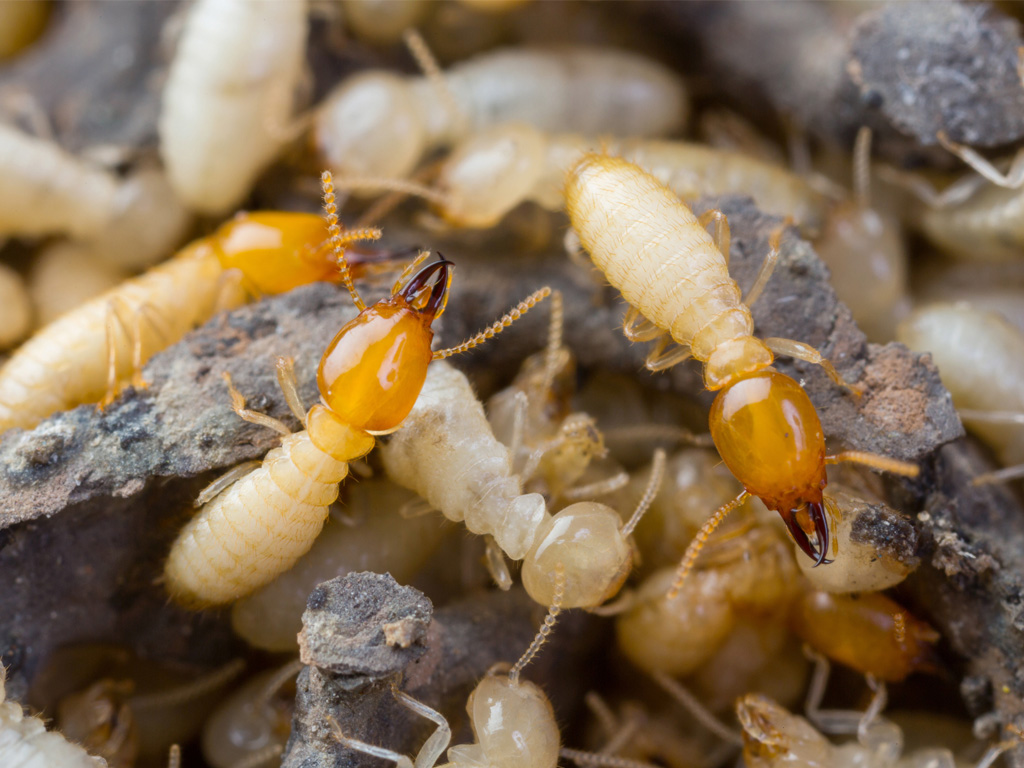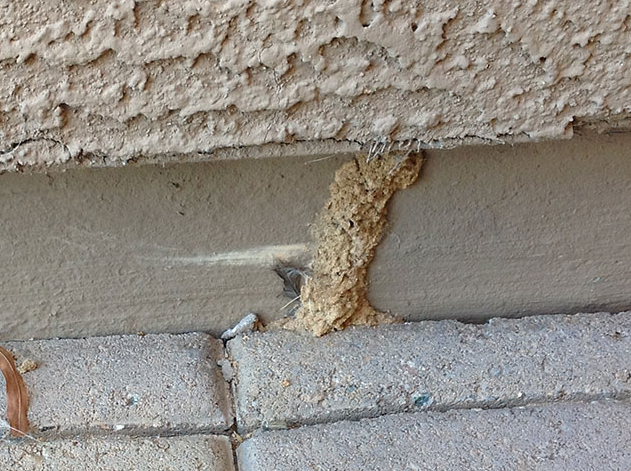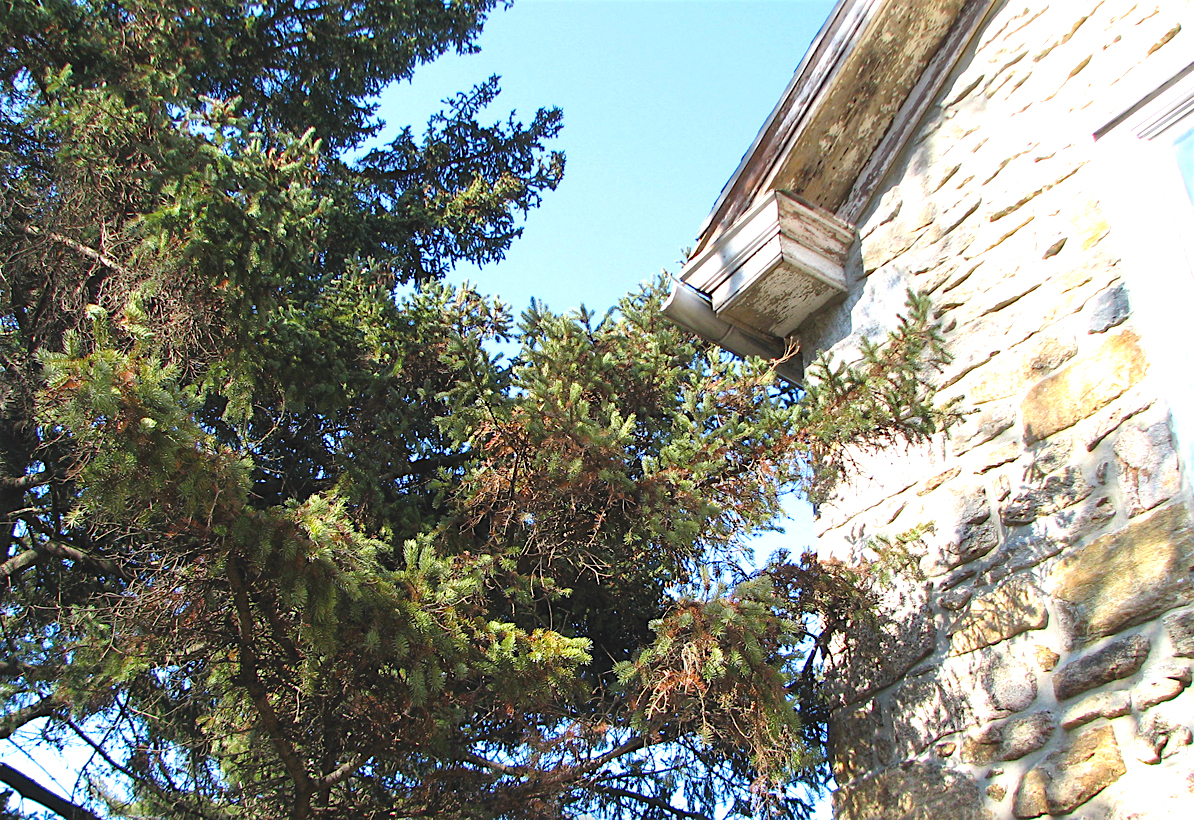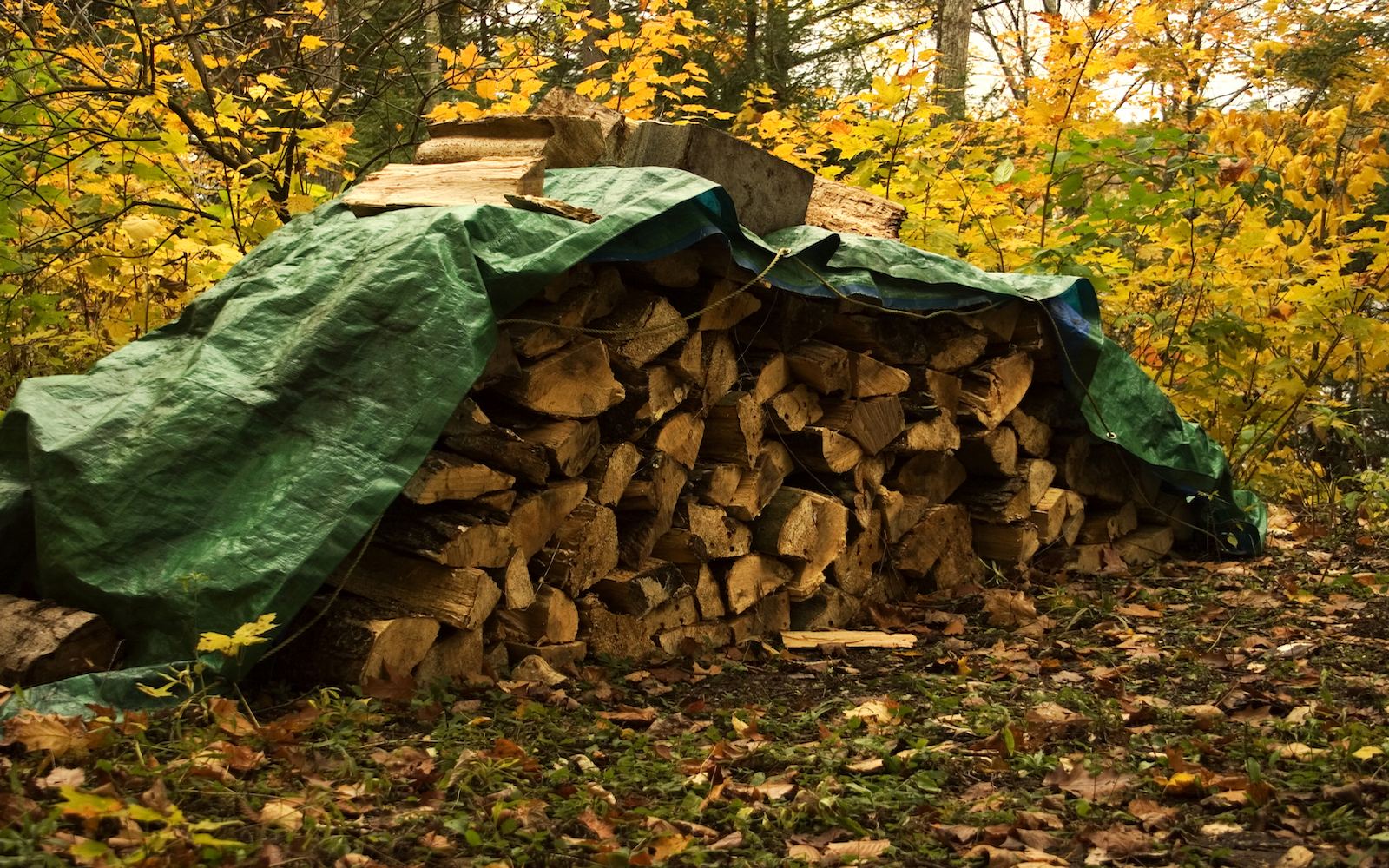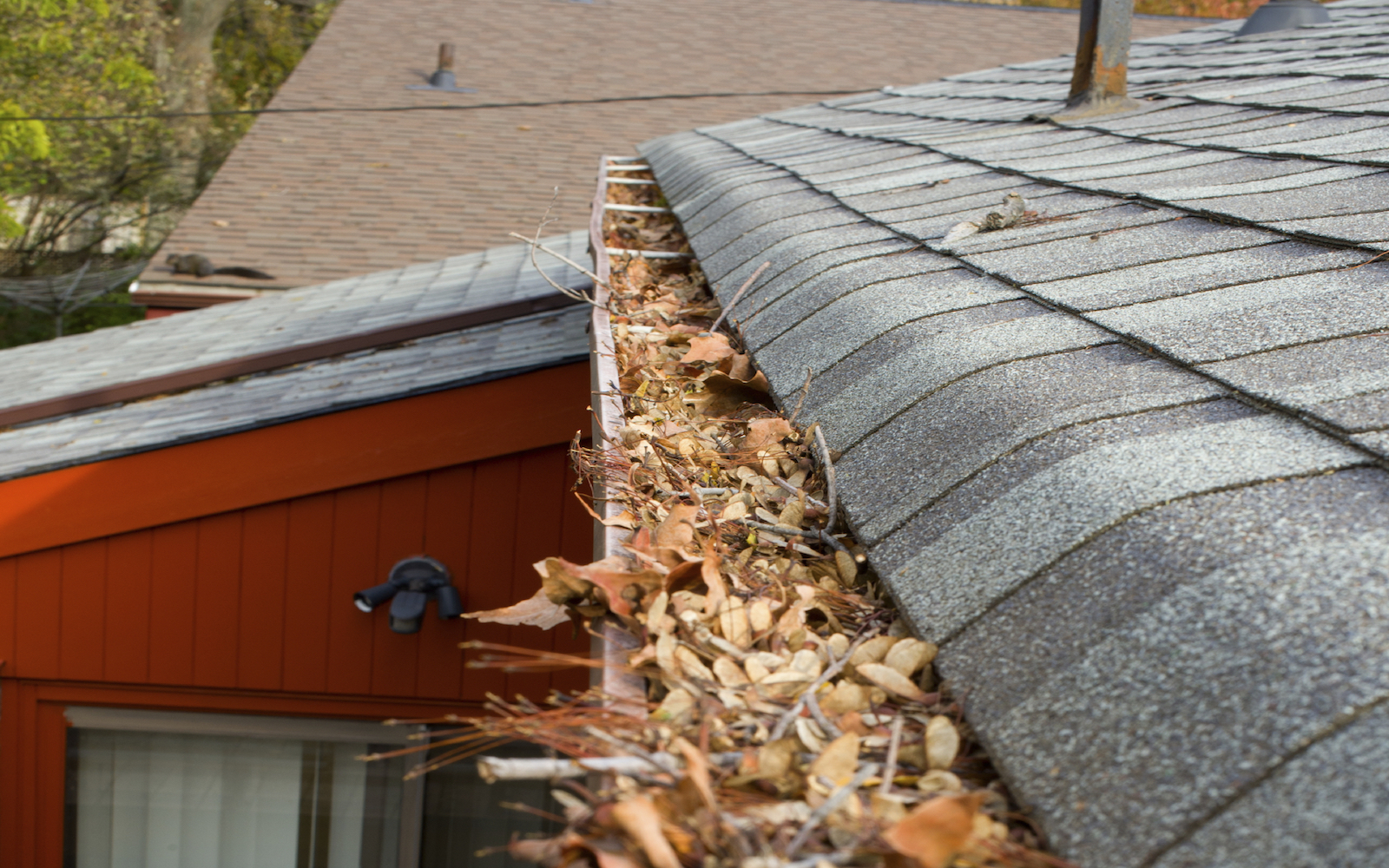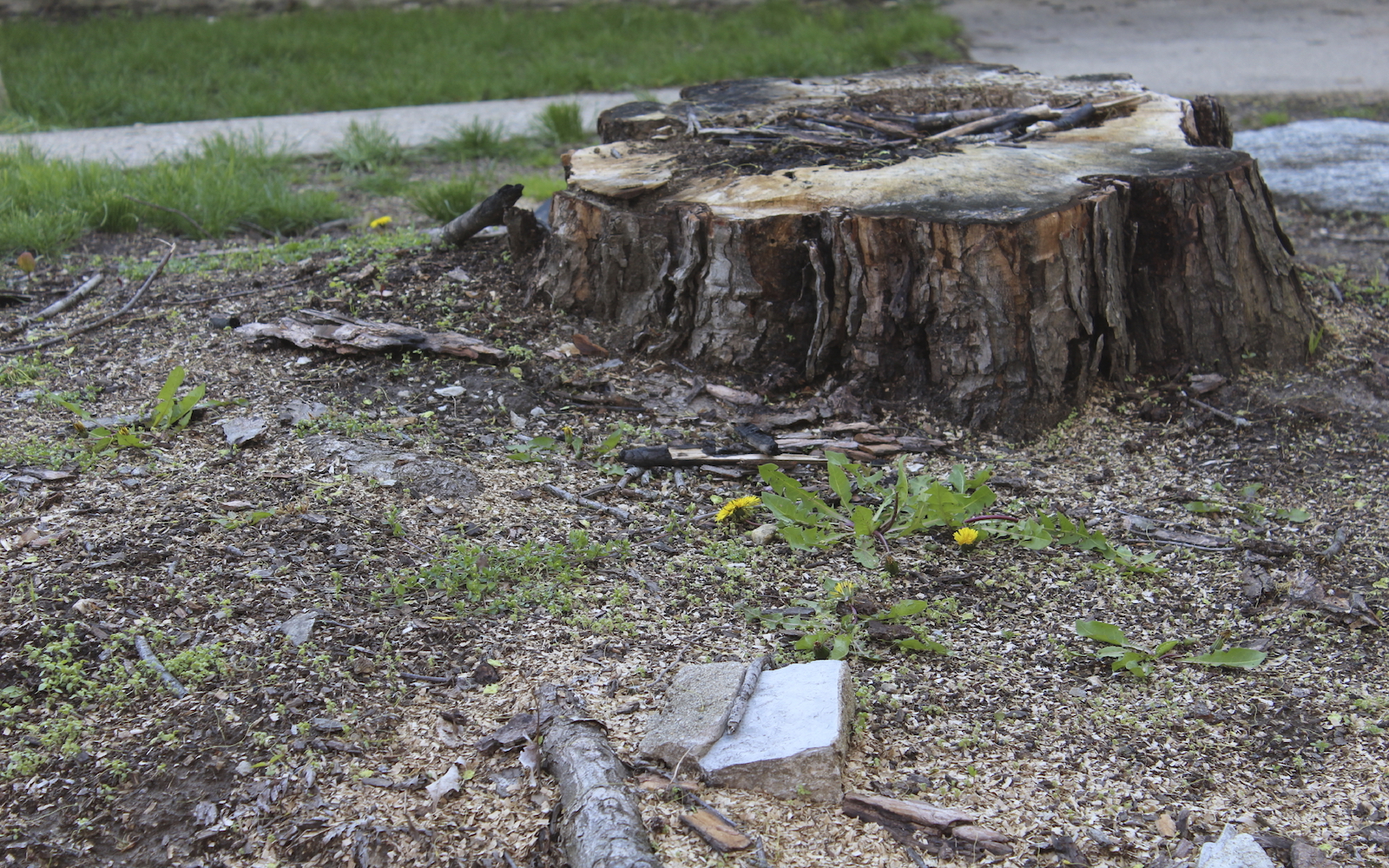Termites have been munching away on wood for millions of years. From the African termites that build mounds taller than men, to the subterranean species destroying people’s homes, the social termites are fascinating creatures to study. Learn more about these decomposers with the 10 cool facts about termites.
1. While they can be pests to homeowners, termites are actually beneficial insects, ecologically speaking.
Termites are actually important decomposers. Termites break down tough plant fibers, recycling dead and decaying trees into new soil. These hungry insects are vital to the health of our forests. As they tunnel, termites also aerate and improve the soil. It just so happens that we build our homes from termite food – wood.
2. Termites digest cellulose with the help of microorganisms in their guts.
Termites feed on plants directly or on fungus growing on decaying plant material. In either case, they must be able to digest tough plant fibers, or cellulose.
The termite gut is loaded with microorganisms capable of breaking down cellulose. This symbiosis benefits both the termites and the microorganisms living within their insect hosts. The termites house the bacteria and protozoa, and harvest the wood. In return, the microorganisms digest the cellulose for the termites.
3. Termites feed on each other’s feces.
Termites aren’t born with all that bacteria in their gut. Before they can start the hard work of eating trees, termites must obtain a supply of microorganisms for their digestive tracts. They engage in a practice known as trophallaxis, or, in less scientific terms, they eat each other’s poop. Termites must also resupply themselves after they molt, so poop eating is a big part of life in the termite mound.
4. Termites lived 130 million years ago, and descended from a cockroach-like ancestor.
Termites, cockroaches, and mantids all share a common ancestor in an insect that crawled the Earth about 300 million years ago. The fossil record’s earliest termite specimen dates back to the Cretaceous period. A termite holds the record for the oldest example of mutualism between organisms, too. A 100-million-year old termite with a ruptured abdomen was encased in amber, along with the protozoans that lived in its gut.
5. Termite fathers help raise their young.
You won’t find deadbeat dads in the termite mound. Unlike in bee colonies, where males are short-lived and die soon after mating, the termite kings stick around. After their nuptial flight, the termite king stays with his queen, fertilizing her eggs as needed. He also shares parental duties with the queen, helping her feed their young predigested food.
6. Termite workers and soldiers are almost always blind.
In almost all species, both the workers and soldiers in a given termite colony are blind. Since these industrious individuals spend their lives in the confines of the dark, damp nest, they have no need to develop functional eyes. Reproductive termites are the only termites that require eyesight, since they must fly to find mates and new nest sites.
7. When termite soldiers detect a threat, they tap warning signals to the colony.
Termite soldiers form the world’s tiniest heavy metal mosh pit when danger comes to the nest. To sound the alarm, soldiers bang their heads against the gallery walls to send warning vibrations throughout the colony.
8. Chemical cues guide most communication in the termite colony.
Termites use pheromones, special chemical scents, to talk to one another and control each other’s behavior. Termites leave scent trails to guide other workers using special glands on their chests. Each colony produces a distinct scent, identified by a chemical on their cuticles. In some species, the queen can even control the growth and role of her young by feeding her pheromone-laden poop.
9. New kings and queens can fly.
New reproductive termites are winged, and able to fly. These young kings and queens, called alates, leave their home colony and fly out in search of a mate, often in large swarms. Each royal pair of king and queen emerges from the swarm together and finds a new place to found their own colony. They break their wings off and settle down in their new home to raise their offspring.
10. Termites are well-groomed.
You wouldn’t think an insect that spends its time in the dirt would be so fastidious about its grooming, but termites make an effort to stay clean. Termites spend a great deal of time grooming each other. Their good hygiene is important to their survival, as it keeps parasites and harmful bacteria under control within the colony.





